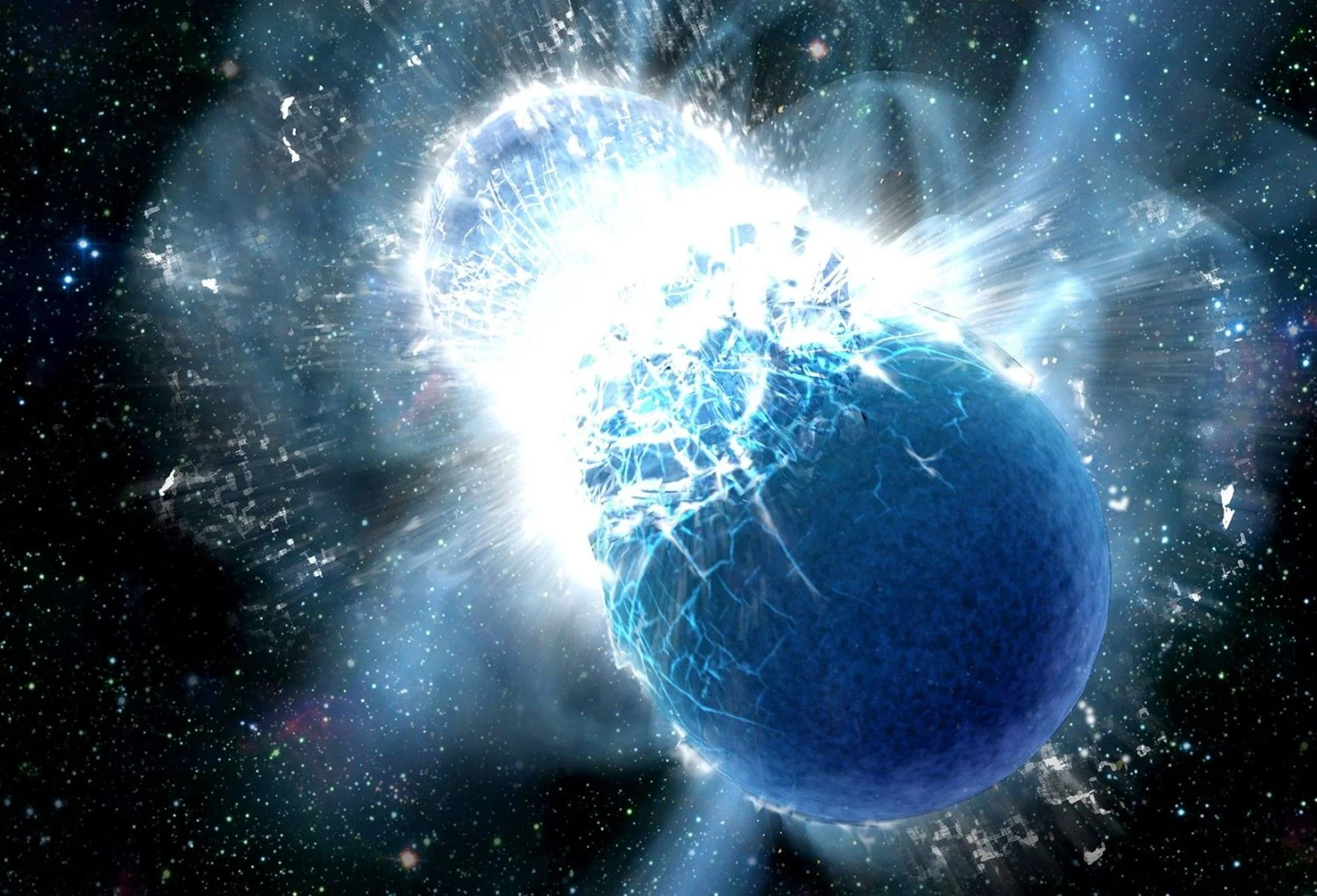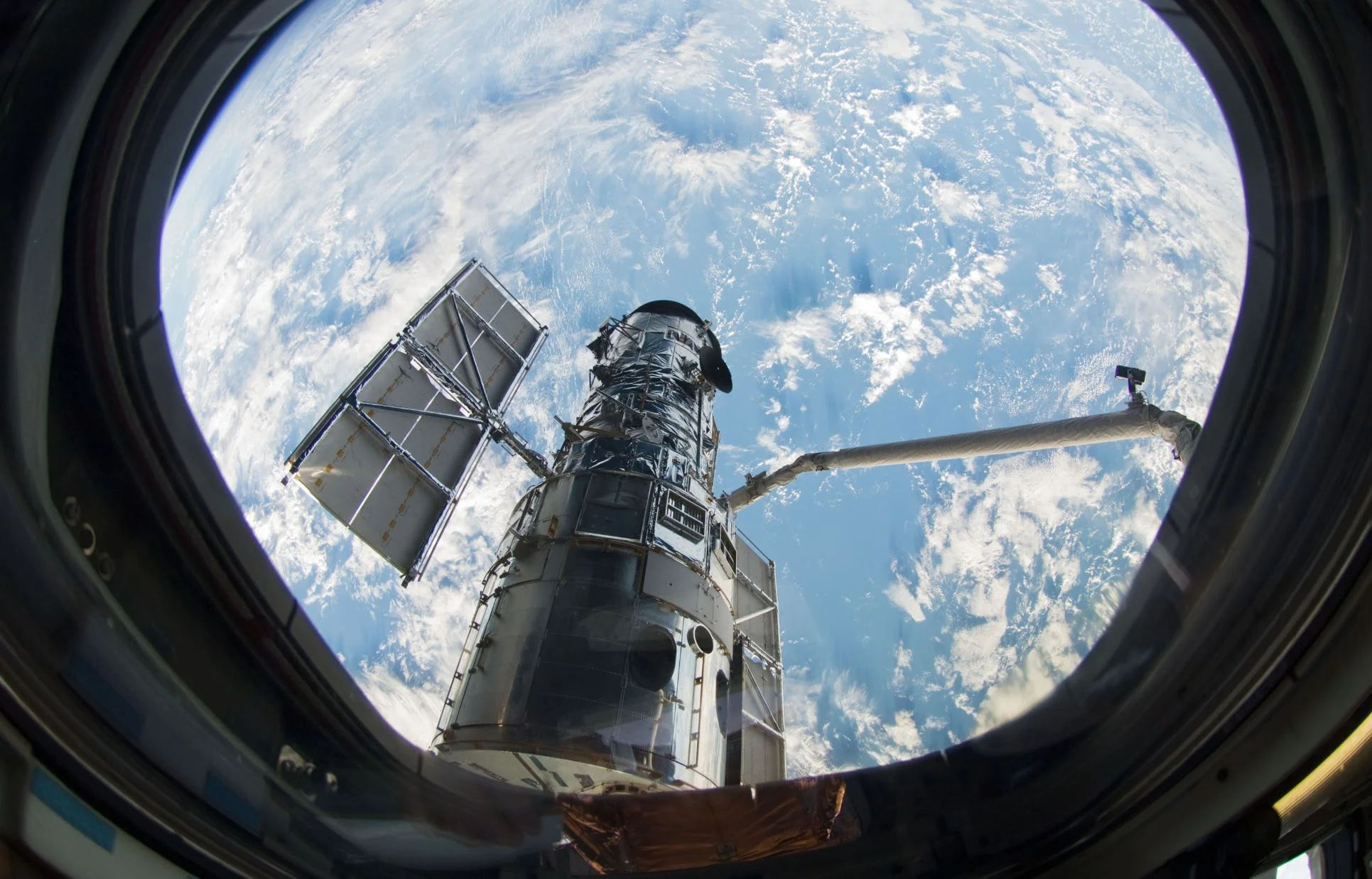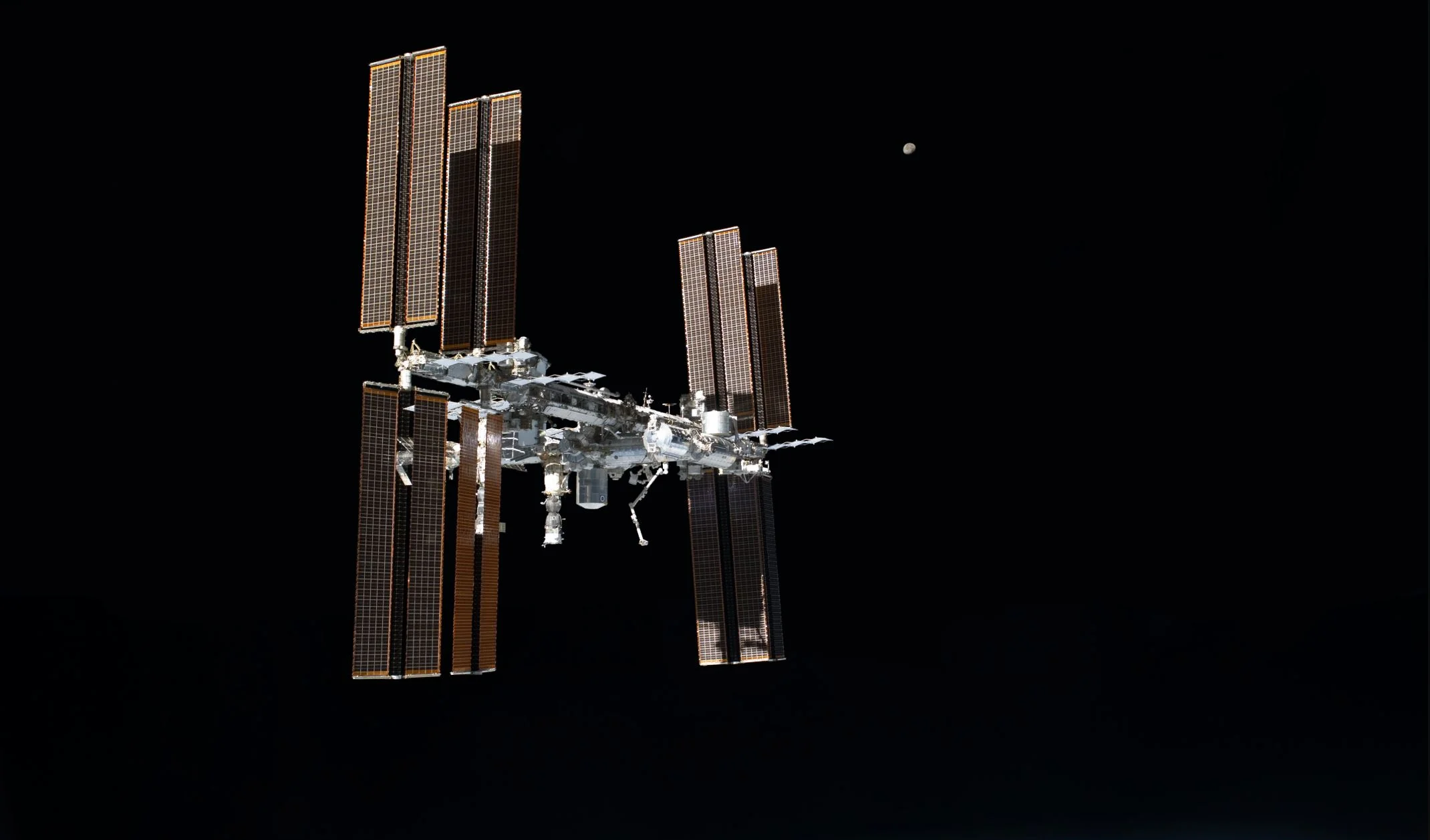For about a century now, scientists have theorized that the metals in our Universe are the result of stellar nucleosynthesis. This theory states that after the first stars formed, heat and pressure in their interiors led to the creation of heavier elements like silicon and iron. These elements not only enriched future generations of stars (“metallicity”), but also provided the material from which the planets formed.
Remote connections? Detangling entanglement in quantum physics
Cars will change more in the next decade than they have in the past century
Small, hardy planets are most likely to survive death of their stars
The Birth of the Hunter
The constellation of Orion (The Hunter) is one of the most recognisable collections of stars in the night sky. We have noted Orion’s prominent stars for tens of thousands of years at least, and likely far longer. Chinese astronomers called it 参宿 or Shēn, literally “three stars”, for its three bright dots (which form the Hunter’s belt). The ancient Egyptians regarded it as the gods Sah and Sopdet, manifestations of Osiris and Isis, respectively, whereas Greek astronomers saw a brave hunter — the eponymous Orion — with his sword above his head, ready to strike.
Wandering Earth: rocket scientist explains how we could move our planet!
Coral reefs provide flood protection worth $1.8 billion every year – it’s time to protect them
The news is grim: According to a report compiled by hundreds of scientists from 50 countries, Earth is losing species faster than at any other time in human history. Thanks to climate change, coastal development and the impacts of activities such as logging, farming and fishing, roughly 1 million plants and animals are facing extinction.
The irregular galaxy NGC 4485 shows all the signs of having been involved in a hit-and-run accident with a bypassing galaxy
Antimatter Behaves Exactly the Same as Regular Matter in Double Slit Experiment
In 1924, French physicist Louis de Broglie proposed that photons – the subatomic particle that constitutes light – behave as both a particle and a wave. Known as “particle-wave duality”, this property has been tested and shown to apply with other subatomic particles (electrons and neutrons) as well as larger, more complex molecules.
NASA Awards $106 Million to US Small Businesses for Technology Development
Managing pilotless aircraft and solar panels that could help humans live on the Moon and Mars are among the technologies NASA is looking to develop with small business awards totaling $106 million. In all, NASA has selected 142 proposals from 129 U.S. small businesses from 28 states and the District of Columbia to receive Phase II contracts as part the agency's Small Business Innovation Research (SBIR) program.
Shrinking Moon May Be Generating Moonquakes
The Moon is shrinking as its interior cools, getting more than about 150 feet (50 meters) skinnier over the last several hundred million years. Just as a grape wrinkles as it shrinks down to a raisin, the Moon gets wrinkles as it shrinks. Unlike the flexible skin on a grape, the Moon’s surface crust is brittle, so it breaks as the Moon shrinks, forming “thrust faults” where one section of crust is pushed up over a neighboring part.
The electric vehicle revolution will come from China, not the US
10 Years Ago, Hubble’s Final Servicing Mission Made It Better Than Ever
Astronaut Mike Massimino floated next to the Hubble Space Telescope’s cylindrical body and began to remove the screws that fastened a handrail to one of the telescope’s instrument panels. The first three screws came out easily, but when he put his power tool to the final screw, the bit began to spin.
Why hasn’t evolution dealt with the inefficiency of ageing?
Life pits the order and intricacy of biology against the ceaseless chaos of physics. The second law of thermodynamics, or the thermodynamic arrow of time, states that any natural system will always tend towards increasing disorder. Biological ageing is no different, making death inevitable. However, one of the least-addressed questions of ageing is the apparent paradox between the optimizing drive of evolution, and the inevitable deterioration of the body.
How Earth’s continents became twisted and contorted over millions of years
We are pretty sure the continental parts of plates are not uniform, nor are they rigid. The giant forces that slowly move continents across the viscous mantle layer underneath, like biscuits gliding over a warm toffee ocean, stress the continents, and twist and contort the crust. This is a process that has taken place over millions of years.
Africa is splitting in two - here is why
Will we ever know the difference between a wolf and a dog?
Astronauts Could Rely on Algae as the Perfect Life Support Partner
Mankind is planning for long-duration crewed missions, one of the most important things is to make sure that the crews have enough of the bare essentials to last for a long time. This is no easy task, since a crewed spacecraft will be a crew’s entire world for months on end. That means that a sufficient amount of food, water and oxygen will need to be brought along.
What happens when a raindrop hits a puddle?
Why This Martian Full Moon Looks Like Candy
For the first time, NASA's Mars Odyssey orbiter has caught the Martian moon Phobos during a full moon phase. Each color in this new image represents a temperature range detected by Odyssey's infrared camera, which has been studying the Martian moon since September of 2017. Looking like a rainbow-colored jawbreaker, these latest observations could help scientists understand what materials make up Phobos, the larger of Mars' two moons.

















